Walking a 3 legged cat gives one plenty of garden inspection time.
1. The raccoons have been digging in the madder & japanese indigo beds. Where’s my live trap?! But who can blame them digging up the irrigation lines for water.
2. The Japanese Indigo is coming into bloom and the Indigo Suffricotosa planted among the JI is coming along. Will be interesting next year to see if they can coexist in the summer heat.
3. The indigo suffruticosais also coming into bloom and seed. Last year’s plants yield great color and this year’s small plants yielded color also. I will say these plants got way bigger than expected but my husband has given them a pass because the hummingbirds use them as a frequent garden perch.
4. Finally the color, I had friends over to do Japanese Indigo blender dye scarves and had plenty dyebath left over. I had a mordanted silk skein on hand and left it in the dye bath. A beautiful mint green resulted, not sure my camera registers the color well. It is deep mint green.
And the indigo suffruticosa yield this color in 2 dips after a thio extraction. The skein on the right was a leftover larger skein which I put in to exhaust the extracted bath. It will go back into the next indigo bath to darken it. I did many other skeins. I’ll update my leaf to substrate ratio for this bath when I am near my notes. One of the things to remember when you are leaf dyeing over the growing seasons is that your skein might revisit baths over the growing sesson in order to build color layers.
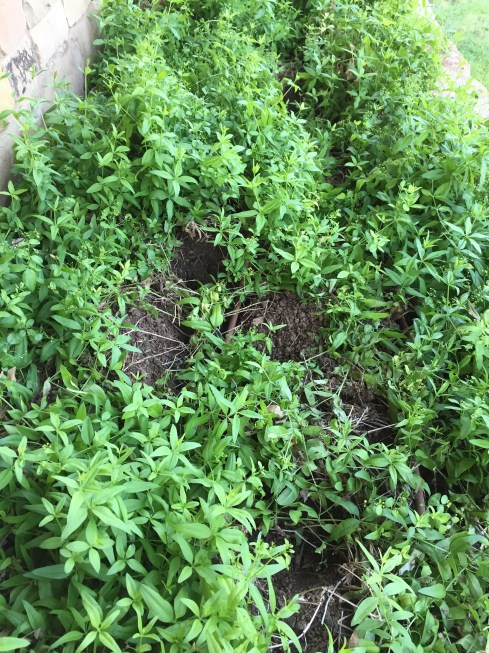
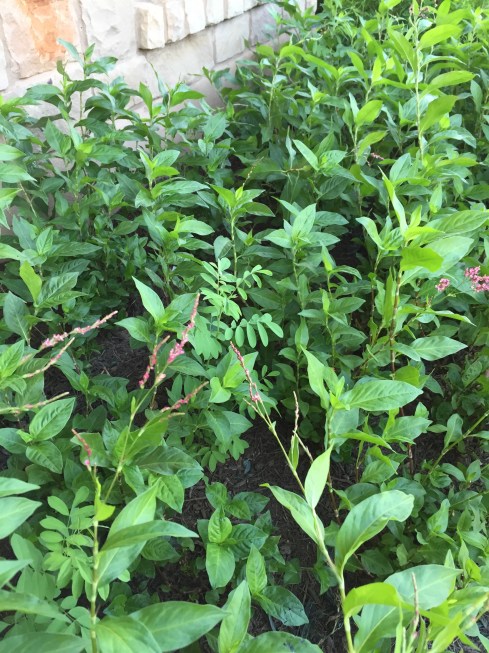
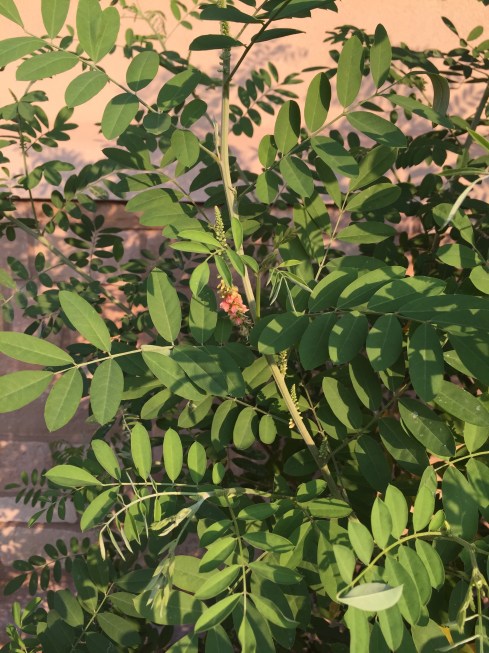
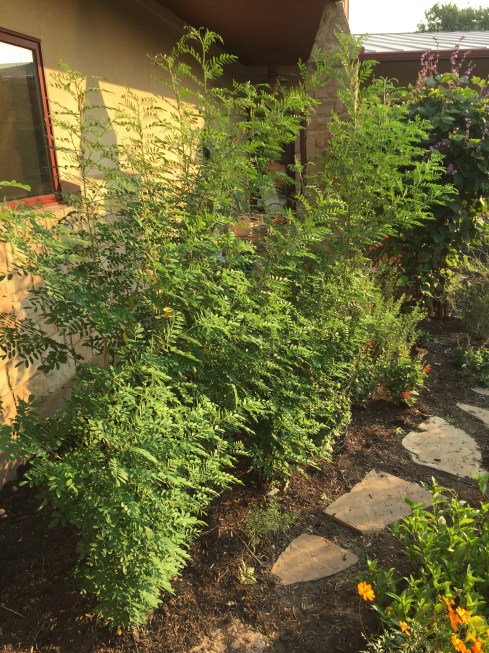
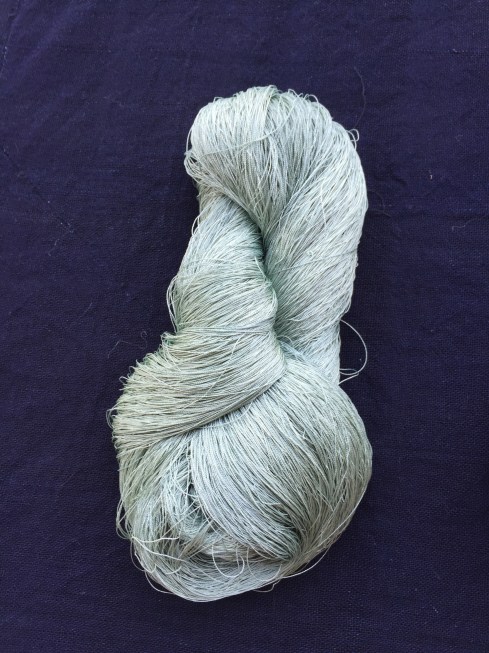
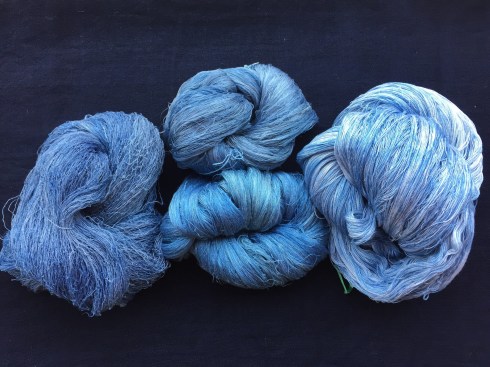
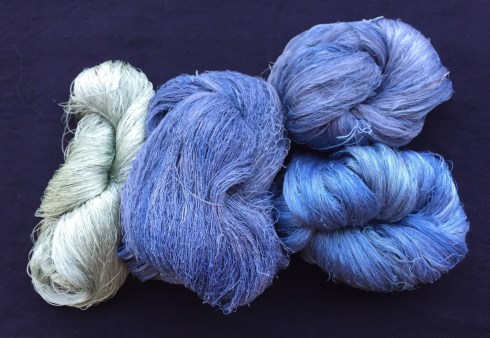
Hi, Debbie, even though I am not a dyer, I always enjoy your posts and am intrigued by the idea of growing dye plants. I am interested in plants that can perform more than one function, so I was looking at the indigo suffruticotosa to see if it is a nitrogen fixer. Do you know if it is a nitrogen fixer? I did not find anything that spoke to that.
However, in my search, I came across wild blue indigo, baptize australis, that is said to be a nitrogen fixer. I also read the flowers can be used for a blue dye. Have you tried this plant?
Thanks for any information.
Virginia Hamilton
LikeLike
Hi Virginia, thanks for your comments. I can’t cite you an exact reference but I know I have run across many comments of indigo being used as a nitrogen fixer and a rotation crop to improve the soil. When I run across a citation again I’ll update this comment. I have not used the wild blue indigo. If you try it let me know!
LikeLike
I will definitely try it!
Thanks!
LikeLike
This is a very impressive crop. I’m tempted to try. You’re having great results with it. Kay
LikeLiked by 1 person
Oh, lovely! Not only two kinds of indigo, but HUMMINGBIRDS!!! I write from Australia where wonderfulness is plentiful but hummingbirds are not one of the forms wonder takes 🙂 These colours are glorious. I must plant my saved JI seeds, and I am really happy my woad is coming along a treat.
LikeLiked by 1 person
Hello! Would love to have a trip up to see your plants as well take a class when you have them?
Let me know how your classes are put together!
LikeLike
Not sure where you are located… I am giving an intro talk in San Antonio on 9/10, details on my blog. It’s an overview of the process…
LikeLike